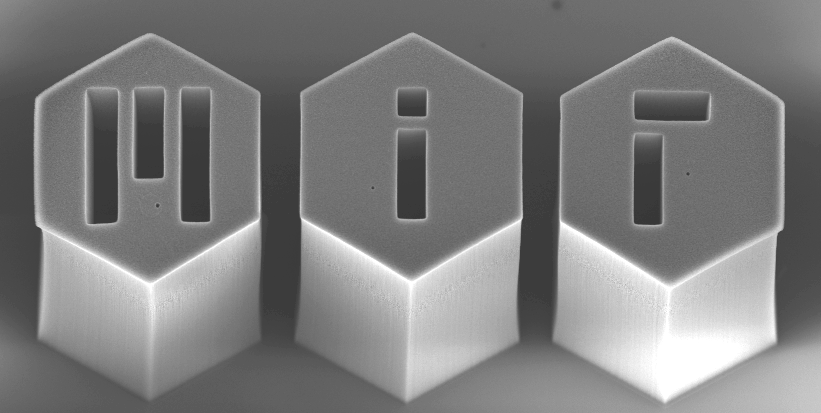N. Grossiord, J. Loos, L.C. van Laake, M. Maugey, C. Zakri, C.E. Koning, A.J. Hart. Advanced Functional Materials 18(20):3226-3234, 2008. [http://dx.doi.org/10.1002/adfm.200800528]
[PDF]
We present a detailed study of the influence of carbon nanotube (CNT) characteristics on the electrical conductivity of polystyrene nanocomposites produced using a latex-based approach. We processed both industrially-produced multi-wall CNT (MWCNT) powders and MWCNTs from vertically-aligned films made in-house, and demonstrate that while the raw CNTs are individualized and dispersed comparably within the polymer matrix, the electrical conductivity of the final nanocomposites differs significantly due to the intrinsic characteristics of the CNTs. Owing to their longer length after dispersion, the percolation threshold observed using MWCNTs from vertically-aligned films is five times lower than the value for industrially-produced MWCNT powders. Further, owing to the high structural quality of the CNTs from vertically-aligned films, the resulting composite films exhibit electrical conductivity of 103 S m?1 at 2?wt% CNTs. On the contrary, composites made using the industrially-produced CNTs exhibit conductivity of only tens of S m?1. To our knowledge, the measured electrical conductivity for CNT/PS composites using CNTs from vertically-aligned films is by far the highest value yet reported for CNT/PS nanocomposites at this loading.
Disclaimer: The PDF document on this webpage is provided for educational and personal purposes alone and is subject to copyrights of the publisher.

